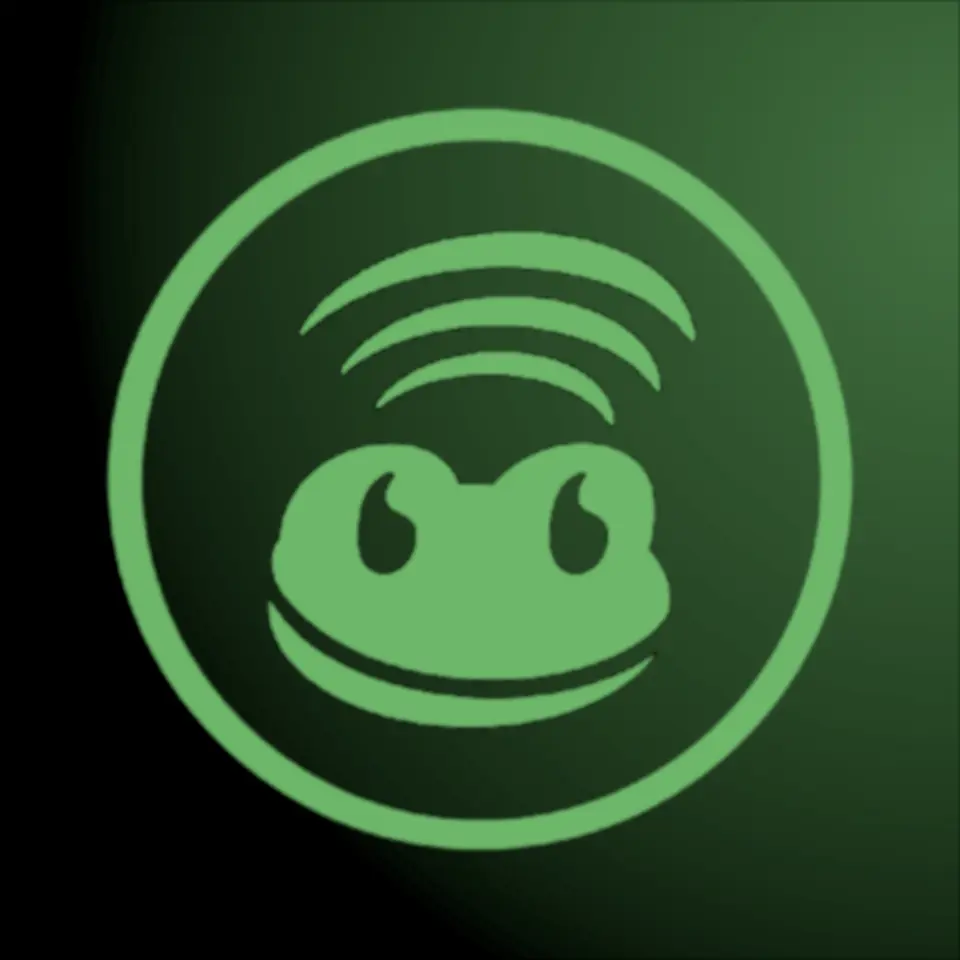
Cumbia - Tag & Music Genre
Cumbia
Featured Playlists
Popular Radio
Wiki
Cumbia is a lively and rhythmic genre of music and dance that originated in Colombia's Caribbean coastal region in the 19th century. It is characterized by its distinctive beat, which is a blend of indigenous Colombian, African, and Spanish influences. Cumbia is known for its infectious rhythms, syncopated beats, and the use of traditional instruments such as the gaita (a type of flute), tambora (a drum), maracas, accordion, and guacharaca (a percussion instrument). Over time, cumbia has spread throughout Latin America and evolved into various regional styles, making it one of the most popular genres in the region.
Traditional Colombian cumbia is a fusion of three distinct musical cultures: indigenous Colombian, African, and Spanish. The genre originated among the Afro-Colombian communities along the Caribbean coast, where it was initially performed as a courtship dance. Traditional cumbia music is characterized by its use of drums and percussion, particularly the tambora and the alegre drum, which provide a steady, rhythmic beat. The gaita flute adds a melodic layer, while maracas and guacharaca enhance the percussive sound. Traditional cumbia songs often feature call-and-response vocals and are accompanied by choreographed dances, with dancers dressed in traditional costumes.
As cumbia spread throughout Latin America, it began to evolve and take on new forms, blending with local musical traditions and styles. Mexican cumbia, for example, incorporates elements of Mexican folk music and often features the accordion and electric guitar, giving it a distinct sound. Bands like Los Ángeles Azules, Grupo Cañaveral, and Los Yonic's have popularized Mexican cumbia, achieving widespread acclaim with their unique blend of traditional and modern sounds. Argentinian cumbia, also known as cumbia villera, emerged in the early 2000s in the shantytowns of Buenos Aires and is characterized by its raw, energetic sound and lyrics that often address social and political issues.
Modern cumbia continues to evolve, incorporating elements from various contemporary genres like pop, rock, electronic music, and hip-hop. This fusion has led to the emergence of new sub-genres, such as cumbia sonidera (a more electronic and danceable version of cumbia popular in Mexico) and cumbia electronica (which blends traditional cumbia rhythms with electronic beats and synthesizers). Artists like Bomba Estéreo, Systema Solar, Chicha Libre, and El Hijo de la Cumbia have become leading figures in the modern cumbia scene, achieving widespread popularity with their innovative use of electronic production techniques and genre-blending sound.
Festivals and celebrations play a significant role in cumbia culture, with events like the Festival Nacional de la Cumbia in El Banco, Colombia, and the Cumbia Villera Festivals in Argentina providing a platform for both traditional and contemporary cumbia music. These festivals showcase a diverse range of genres and styles, from traditional Colombian cumbia and Mexican cumbia to modern cumbia electronica and cumbia sonidera, celebrating the genre's rich musical heritage and its openness to innovation and experimentation.
Overall, cumbia music reflects the rich cultural heritage and diverse influences of Latin America. From its traditional roots on Colombia's Caribbean coast to its modern, global iterations, cumbia continues to be a dynamic and influential force in the Latin music scene, celebrating the genre's unique cultural identity and its place in the world.
More
Traditional Colombian cumbia is a fusion of three distinct musical cultures: indigenous Colombian, African, and Spanish. The genre originated among the Afro-Colombian communities along the Caribbean coast, where it was initially performed as a courtship dance. Traditional cumbia music is characterized by its use of drums and percussion, particularly the tambora and the alegre drum, which provide a steady, rhythmic beat. The gaita flute adds a melodic layer, while maracas and guacharaca enhance the percussive sound. Traditional cumbia songs often feature call-and-response vocals and are accompanied by choreographed dances, with dancers dressed in traditional costumes.
As cumbia spread throughout Latin America, it began to evolve and take on new forms, blending with local musical traditions and styles. Mexican cumbia, for example, incorporates elements of Mexican folk music and often features the accordion and electric guitar, giving it a distinct sound. Bands like Los Ángeles Azules, Grupo Cañaveral, and Los Yonic's have popularized Mexican cumbia, achieving widespread acclaim with their unique blend of traditional and modern sounds. Argentinian cumbia, also known as cumbia villera, emerged in the early 2000s in the shantytowns of Buenos Aires and is characterized by its raw, energetic sound and lyrics that often address social and political issues.
Modern cumbia continues to evolve, incorporating elements from various contemporary genres like pop, rock, electronic music, and hip-hop. This fusion has led to the emergence of new sub-genres, such as cumbia sonidera (a more electronic and danceable version of cumbia popular in Mexico) and cumbia electronica (which blends traditional cumbia rhythms with electronic beats and synthesizers). Artists like Bomba Estéreo, Systema Solar, Chicha Libre, and El Hijo de la Cumbia have become leading figures in the modern cumbia scene, achieving widespread popularity with their innovative use of electronic production techniques and genre-blending sound.
Festivals and celebrations play a significant role in cumbia culture, with events like the Festival Nacional de la Cumbia in El Banco, Colombia, and the Cumbia Villera Festivals in Argentina providing a platform for both traditional and contemporary cumbia music. These festivals showcase a diverse range of genres and styles, from traditional Colombian cumbia and Mexican cumbia to modern cumbia electronica and cumbia sonidera, celebrating the genre's rich musical heritage and its openness to innovation and experimentation.
Overall, cumbia music reflects the rich cultural heritage and diverse influences of Latin America. From its traditional roots on Colombia's Caribbean coast to its modern, global iterations, cumbia continues to be a dynamic and influential force in the Latin music scene, celebrating the genre's unique cultural identity and its place in the world.







